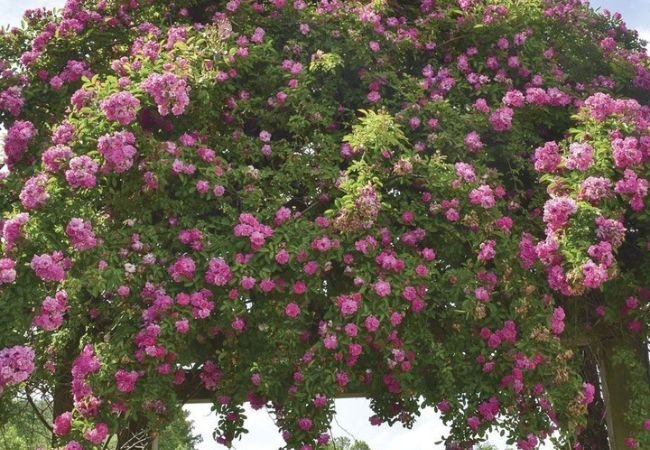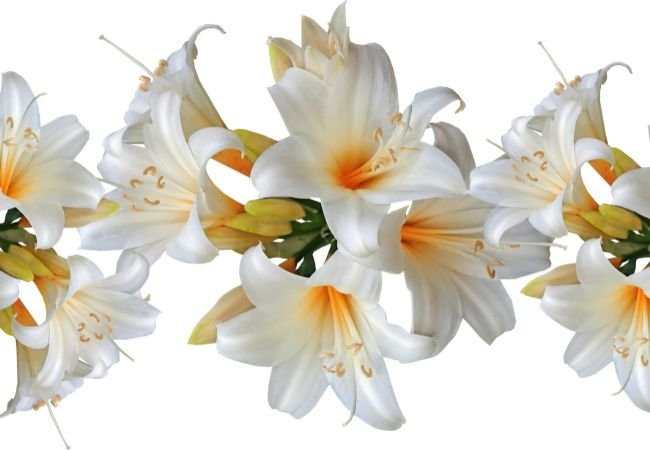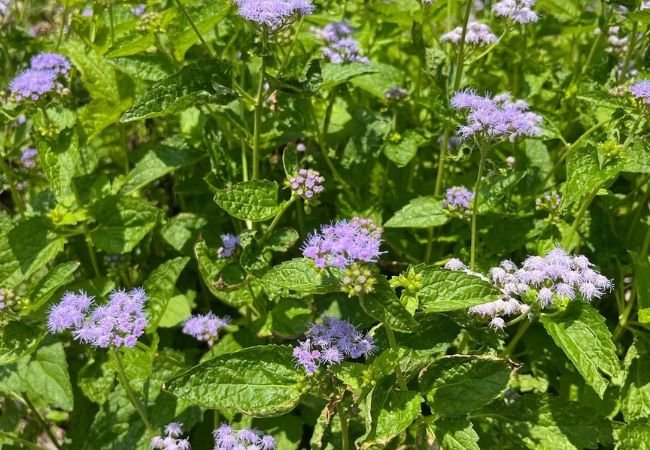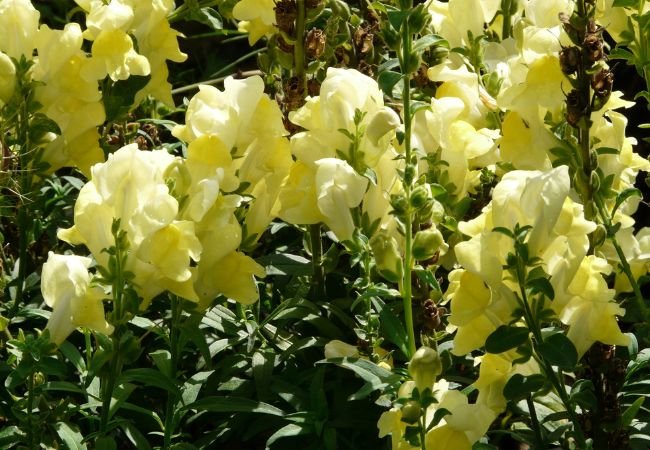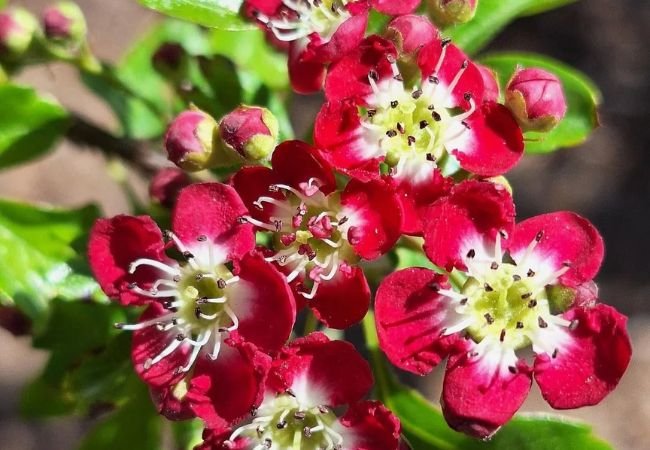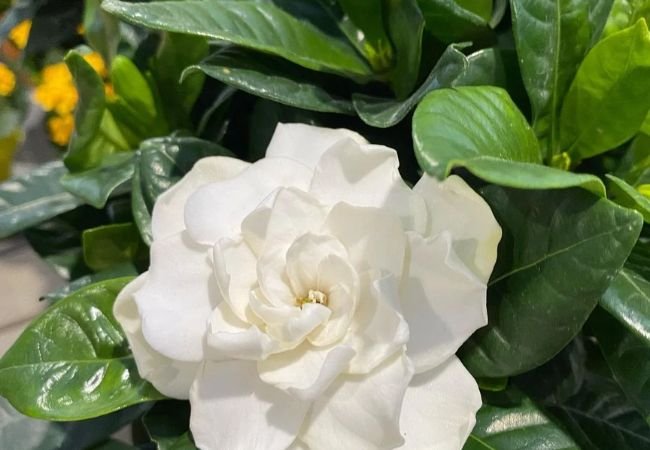Pinky Winky Hydrangea : Expert Guide to Growing This Stunning Panicle Variety (2024)
Discover how to grow and care for Pinky Winky Hydrangea, a show-stopping panicle variety. Learn essential planting, pruning and maintenance tips from experts to enhance your garden’s beauty.
Pinky Winky Hydrangea (Hydrangea paniculata ‘DVPpinky’) is a striking panicle hydrangea known for its large, cone-shaped flower clusters that transition from white to pink. This hardy shrub thrives in full sun to partial shade, requires well-draining soil and blooms on new wood. Regular pruning in late winter or early spring promotes vigorous growth and abundant flowers.
Here’s a detailed chart with information on the Pinky Winky Hydrangea:
| Category | Information |
|---|---|
| Botanical Name | Hydrangea paniculata ‘DVPpinky’ |
| Common Name | Pinky Winky Hydrangea |
| Plant Type | Deciduous Shrub |
| Hardiness Zone | USDA Zones 3-8 |
| Sun Exposure | Full sun to partial shade |
| Soil Type | Well-drained, moderately fertile soil |
| Watering | Moderate (water regularly, especially in hot or dry conditions) |
| Growth Habit | Upright, spreading |
| Height/Spread | 6-8 feet tall, 6-8 feet wide |
| Special Features | Two-tone flowers (white turning to pink), long blooming period, showy, attracts pollinators, easy to grow, excellent in borders or as a specimen plant |
Introduction to Pinky Winky Hydrangea
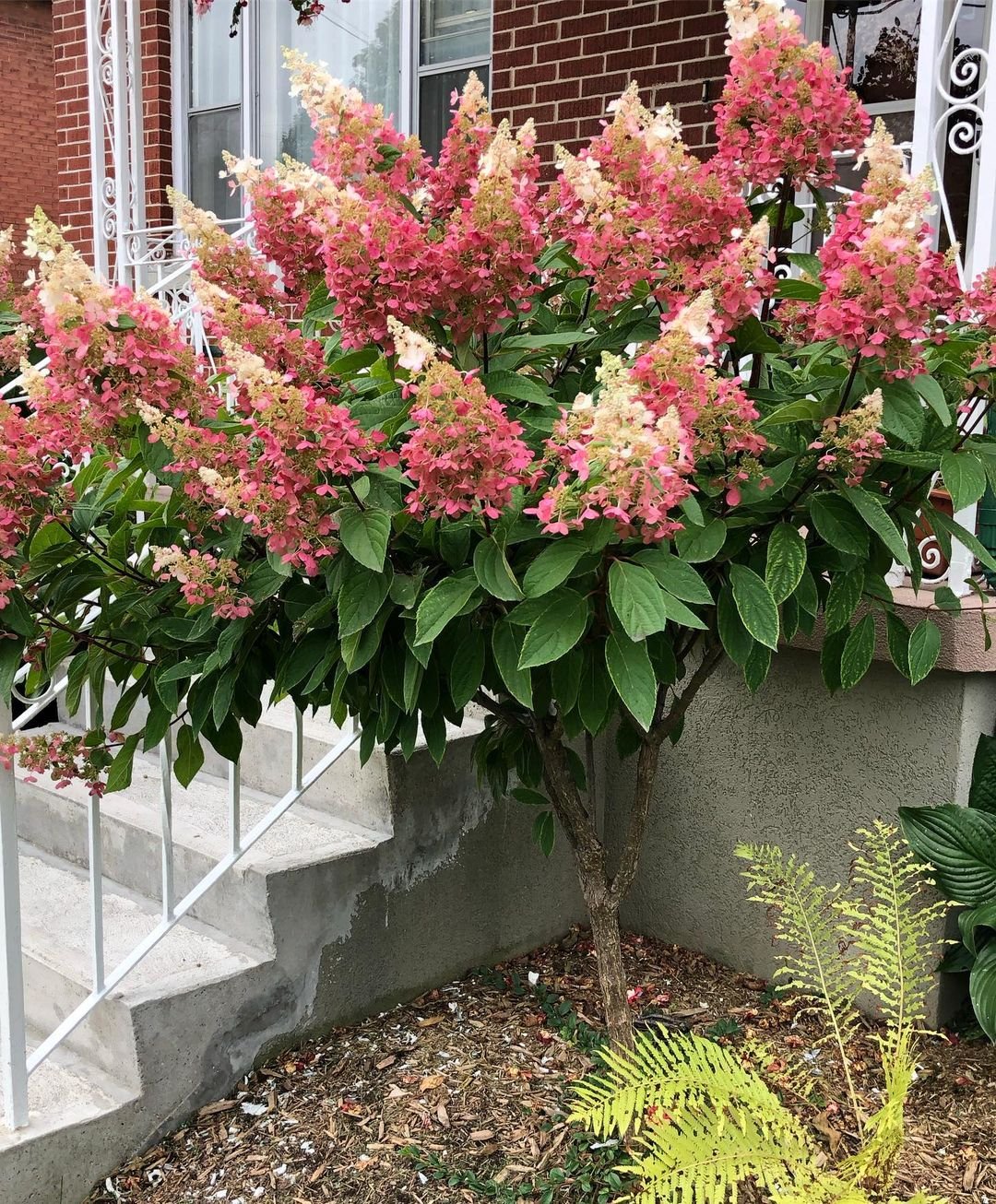
As a horticulturist with over two decades of experience cultivating hydrangeas, I’m thrilled to share my expertise on growing the captivating Pinky Winky Hydrangea. This guide will help both novice and experienced gardeners successfully grow and care for this eye-catching variety.
What is Pinky Winky Hydrangea?
Pinky Winky Hydrangea is a cultivar of panicle hydrangea (Hydrangea paniculata) developed by breeder Johan Van Huylenbroeck in Belgium.
It’s known for its:
- Large, cone-shaped flower panicles up to 16 inches long
- Unique color progression from white to pink
- Strong stems that hold flowers upright
- Cold hardiness (USDA zones 3-8)
For more information on hydrangea species and cultivars, visit the United States National Arboretum’s Hydrangea page.
Planting Pinky Winky Hydrangea
Optimal Growing Conditions
Light Requirements
Pinky Winky thrives in:
- Full sun to partial shade
- At least 6 hours of direct sunlight daily for best flowering
Soil Preferences
- Well-draining, rich soil
- pH range: 5.8-6.2 (slightly acidic to neutral)
For more on soil preparation, check out the Clemson Cooperative Extension’s guide on planting shrubs.
Planting Process
- Dig a hole twice the width of the root ball and as deep
- Place the plant at the same depth it was in the container
- Backfill with soil, water thoroughly
- Apply a 2-3 inch layer of mulch around the base
Caring for Pinky Winky Hydrangea
Watering
- Water deeply and regularly during the first growing season
- Once established, water during dry spells
- Aim for 1 inch of water per week
Fertilizing
- Apply a slow-release, balanced fertilizer in early spring
- Avoid over-fertilizing, which can lead to lush foliage but fewer blooms
For detailed fertilization guidelines, visit the University of Massachusetts Amherst’s fact sheet on hydrangea care.
Pruning
Pinky Winky blooms on new wood, so pruning is crucial:
- Prune in late winter or early spring before new growth begins
- Remove dead or weak branches
- Cut back remaining branches by 1/3 to 1/2 their length
Learn more about pruning techniques from the North Carolina State Extension’s pruning guide.
Common Issues and Solutions
Pests
- Japanese beetles: Handpick or use insecticidal soap
- Aphids: Spray with strong water jet or use neem oil
Diseases
- Powdery mildew: Improve air circulation, apply fungicide if severe
- Leaf spot: Remove affected leaves, avoid overhead watering
For more on hydrangea pests and diseases, check the University of Maryland Extension’s hydrangea problems page.
Landscaping with Pinky Winky Hydrangea
Design Ideas
- Use as a focal point in mixed borders
- Plant in groups for a dramatic effect
- Pair with contrasting foliage plants for added interest
Companion Plants
- Ornamental grasses for texture contrast
- Late-blooming perennials like coneflowers or black-eyed Susans
Propagation
Pinky Winky can be propagated through:
- Softwood cuttings in early summer
- Hardwood cuttings in late fall or winter
For detailed propagation methods, visit the Royal Horticultural Society’s hydrangea propagation guide.
Pinky Winky Hydrangea is a stunning addition to any garden, offering months of color and interest. With proper planting, regular care and timely pruning, this beautiful shrub will reward you with an abundance of eye-catching blooms year after year. Whether you’re creating a focal point or enhancing a mixed border, Pinky Winky is sure to make a statement in your landscape.
For more comprehensive information on hydrangea care, visit the American Hydrangea Society’s website.

